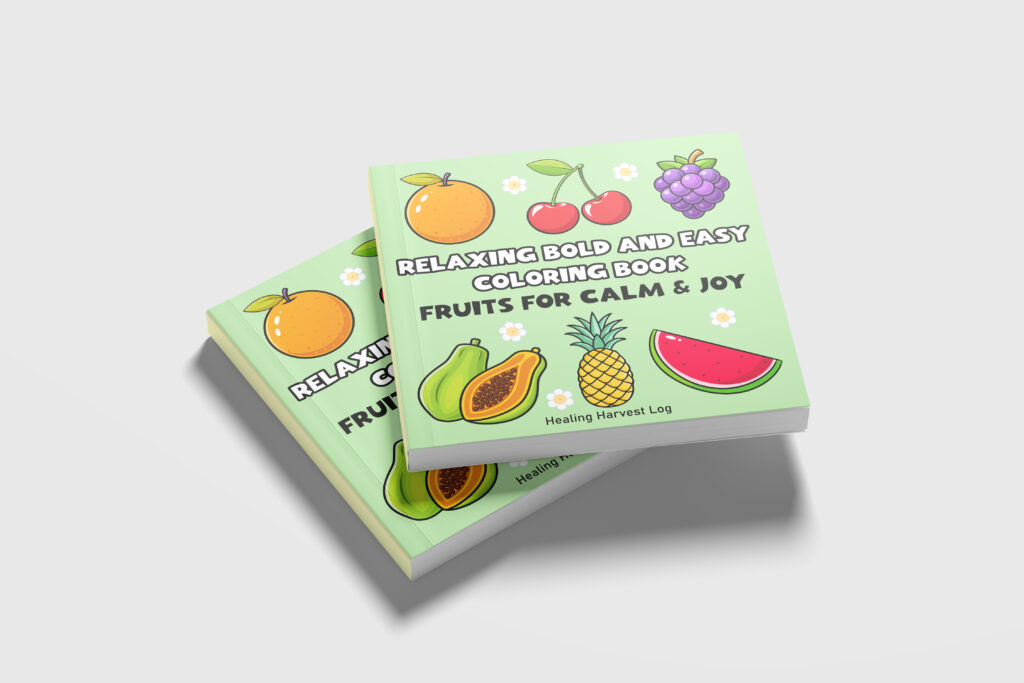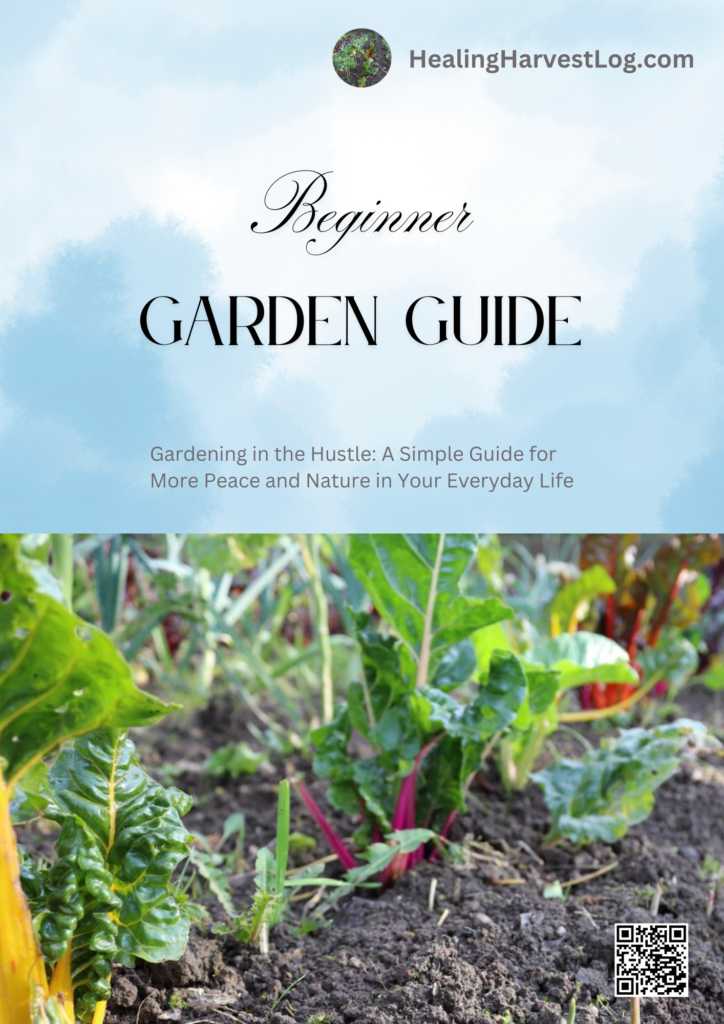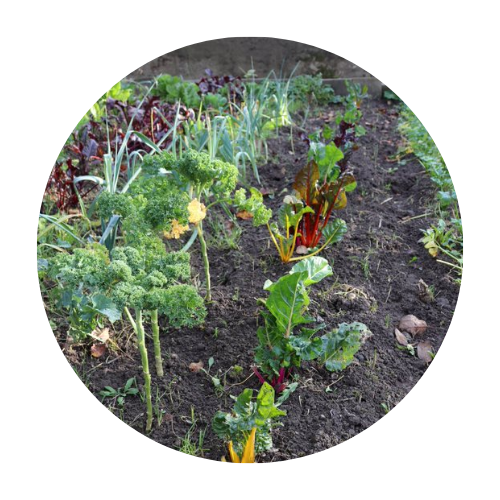The air is still crisp, winter holding on with its last quiet breath: mindful gardening. The ground, though thawing, still carries the weight of the season, damp and cool beneath my fingertips. And yet, there it is—a single snowdrop, pushing its way through the frost-bitten earth, a delicate bell of white against the cold.
There is something almost impossible about this flower. It should not be here yet. The world still sleeps, the trees still bare, the air still laced with ice. And yet, the snowdrop does not wait for warmth. It does not wait for permission. It emerges before the world is ready, before the seasons have shifted, before anyone expects to see it. This is mindful gardening at its most resilient—nature’s quiet, stubborn defiance.
This is mindful gardening at its purest—a gentle, patient awareness of nature’s timing. The snowdrop teaches me to listen, to notice, to honor the quiet beauty of growth even when everything else feels dormant. Frida used to say, “The earth knows its own rhythm. If you listen, it will guide you.”
The Messenger of Hope
For centuries, the snowdrop has been a symbol of renewal, quiet strength, and the promise that winter will not last forever. In the practice of mindful gardening, it becomes a gentle reminder to trust nature’s rhythms.
In old European folklore, it was said that when the first humans were cast into a world of endless winter, the snowdrop was their first sign of hope. A single white bloom, emerging from the frost, whispering: Spring will come.
To the Celts, it was a sacred flower, appearing at Imbolc, the festival marking the transition from winter to spring. In medieval times, it was called the “flower of purity,” believed to bring protection and renewal, to ward off darkness and invite the light.
But the snowdrop does not arrive with grandeur. It does not burst into bloom like the bold tulips of April or the heavy blossoms of May. It bends its head humbly, bowing under its own weight, a silent messenger of resilience—a perfect lesson in mindful gardening and slow living.
The First Harvest of Light
I crouch down, fingers brushing the delicate stem. The petals feel like silk, their pure white almost glowing against the damp earth. There is a quiet defiance in its existence—this tiny bloom, standing alone against the last breath of winter.
The snowdrop reminds me that not all strength is loud, that not all change happens in the warmth. Some things grow in the cold, push through the frost, bloom long before the world is ready to see them. Its simplicity speaks to the slow living approach, where nature’s quiet gifts are cherished without hurry.
Unlike other flowers, it asks for nothing. It does not wait for perfect conditions, does not need tending. It simply knows when it is time and rises, no matter what lies above it. This resilience mirrors the principles of mindful gardening and slow living.
The Gift of Patience and Courage
I do not gather snowdrops in a bouquet. They are meant to be left where they stand, a quiet reminder that spring is already on its way.
Their presence is fleeting—a few short weeks, a whisper of something to come, before they fade back into the earth, waiting for next year. But that is what makes them precious. They do not need to last forever to be meaningful.
The snowdrop does not bloom because it is easy. It blooms because it is ready, because it must, because it knows that even in the cold, even when no one expects it, even when the world is still covered in frost—life continues.
Snowdrops do not wait for warmth. They rise, knowing that even in the coldest of times, something new is beginning. And in their own way, they whisper back:
“Be brave. Begin before you are ready. The world will catch up.”
Relaxation Moment
Just as leeks grow slow and steady, taking a moment for yourself matters. Dive into a page from the Gardening Bold and Easy Coloring Book—simple shapes, calming lines, and nature-inspired designs for a touch of creativity and slow living. Discover it here on Amazon.com.

In the same way, digital gardening has emerged as a powerful tool for those of us who seek to harmonize modern technology with the rhythms of nature. By using garden planning apps or researching planting techniques online, we weave together the ancient wisdom of slow living with the convenience of digital gardening.
Homesteaders and urban gardeners alike find inspiration in the simplicity of growing their own food. From learning how to plant tomatoes to nurturing healing herbs, the practice of mindful gardening becomes a bridge between the natural world and our own small efforts to create life from soil.
Raw food enthusiasts often look to these early blooms as inspiration, knowing that what begins with a delicate snowdrop will soon expand into a thriving harvest of edible plants. In this cycle of growth and renewal, we find both nourishment and healing.


